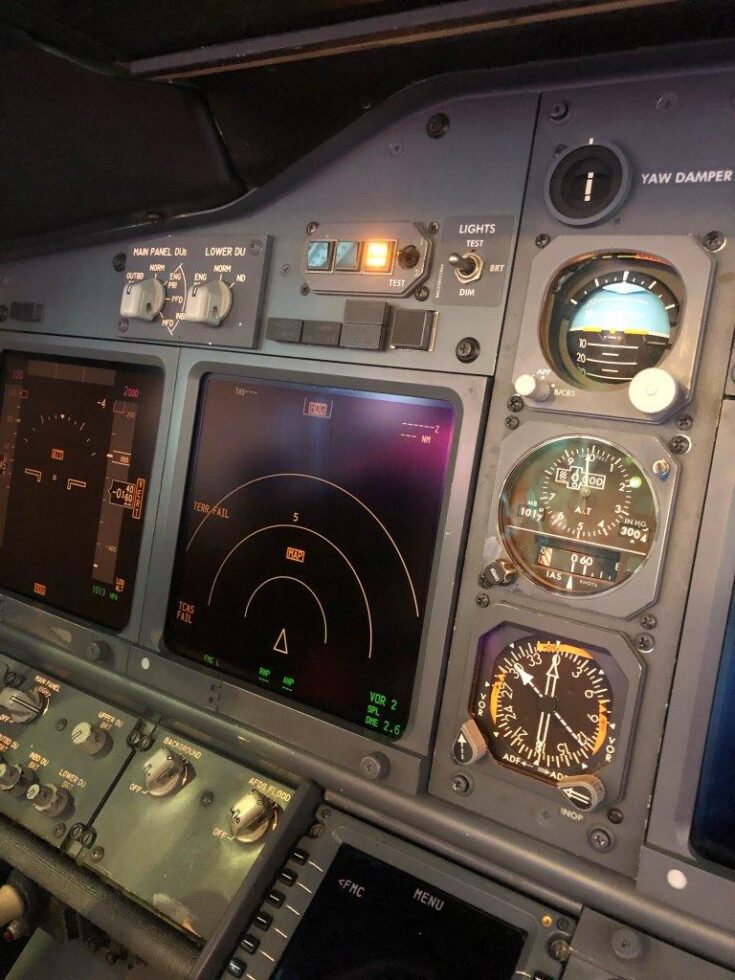
Erroneous altitude and airspeed indication, Boeing 737-700, PH-XRX, Rotterdam The Hague Airport
On 24 April 2021, a Boeing 737-700 was scheduled for a flight from Rotterdam The Hague Airport (the Netherlands) to Alicante-Elche Airport (Spain). Prior to the flight, maintenance staff had performed a routine preflight inspection, including a visual inspection of the pitot-static system, and found no abnormalities. Erroneous altitude and airspeed indications manifested immediately after takeoff and the flight crew alerted air traffic control by declaring an urgency (PAN-PAN call). The pilot flying continued the climb in a northeasterly direction by visual outside reference and used the standby airspeed indicator and altimeter. The flight crew performed the Airspeed Unreliable non-normal checklist and subsequently determined only the standby airspeed indicator and altimeter to be reliable. After discussing the situation the crew decided to divert to Amsterdam Airport Schiphol. Schiphol Approach informed the flight crew that Runways 06 and 36R were available and the weather conditions to be CAVOK. The pilots descended the aircraft to 3,000 feet, were vectored towards Runway 06 and made a safe landing.
The erroneous altitude and airspeed indications that manifested immediately after the aircraft had become airborne, were the result of multiple air data modules not receiving valid static air pressure inputs. Three pitot-static lines were not connected properly to their respective air data modules, because the connecting QDFs were likely not fully engaged on the lock pins or not connected at all after the flushing procedure was performed. This presented the flight crew with a hazardous situation in flight. The associated risk was reduced by the fact that they were flying in good weather conditions during the day and could make use of the aircraft’s standby instruments.
More information can be found in our Quarterly Aviation Report Q4 2022.
